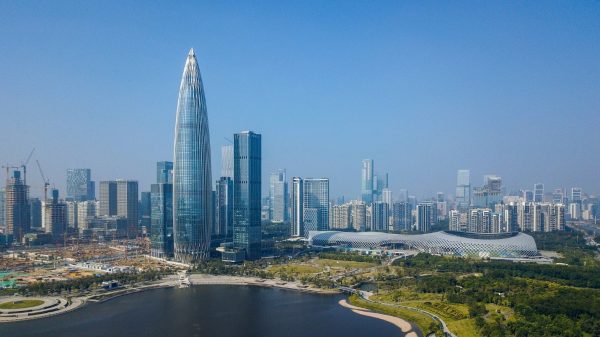Becoming a ‘Sponge City’ at Shenzhen SpeedIn 2017, the city of Shenzhen, China invited foreign teachers like me to visit Futian Mangrove Nat...
Published on by Water Network Research, Official research team of The Water Network

In 2017, the city of Shenzhen, China invited foreign teachers like me to visit Futian Mangrove Nature Reserve, on the coast of Shenzhen Bay overlooking Hong Kong. The problem was the reserve did not really exist yet. Walking its trails, we saw that it was mostly dirt dotted with hundreds of tiny seedlings of 16 different species of mangrove trees, the only trees that can survive in saltwater.
It turned out that the city public relations department had gotten ahead of itself. Perhaps it was operating at what China calls “Shenzhen speed,” the pace of the “Instant City,” the fastest-growing city in the history of the world. Since then, the seedlings have grown into a full-blown mangrove forest covering a square kilometer. Some 200 bird species have been spotted there, and it has become a major stop for migratory birds.
These wetlands are part of a Great Green Wall, which now helps guard some of the most densely-developed stretches of Shenzhen’s 260-kilometer coastline from floods. The World Bank says mangrove forests like these reduce both the height and the strength of incoming waves and storm surge, and they are a thousand times cheaper to maintain than seawalls.
Attached link
https://thediplomat.com/2023/01/becoming-a-sponge-city-at-shenzhen-speedTaxonomy
- Sustainable Cities
- Resilience city
- Resilient City Planning